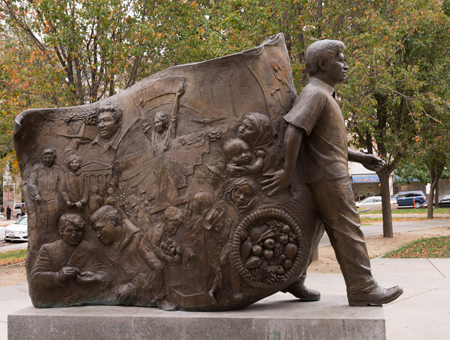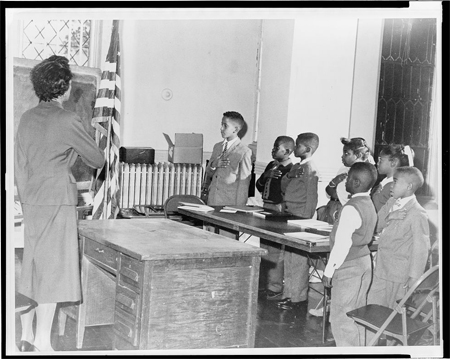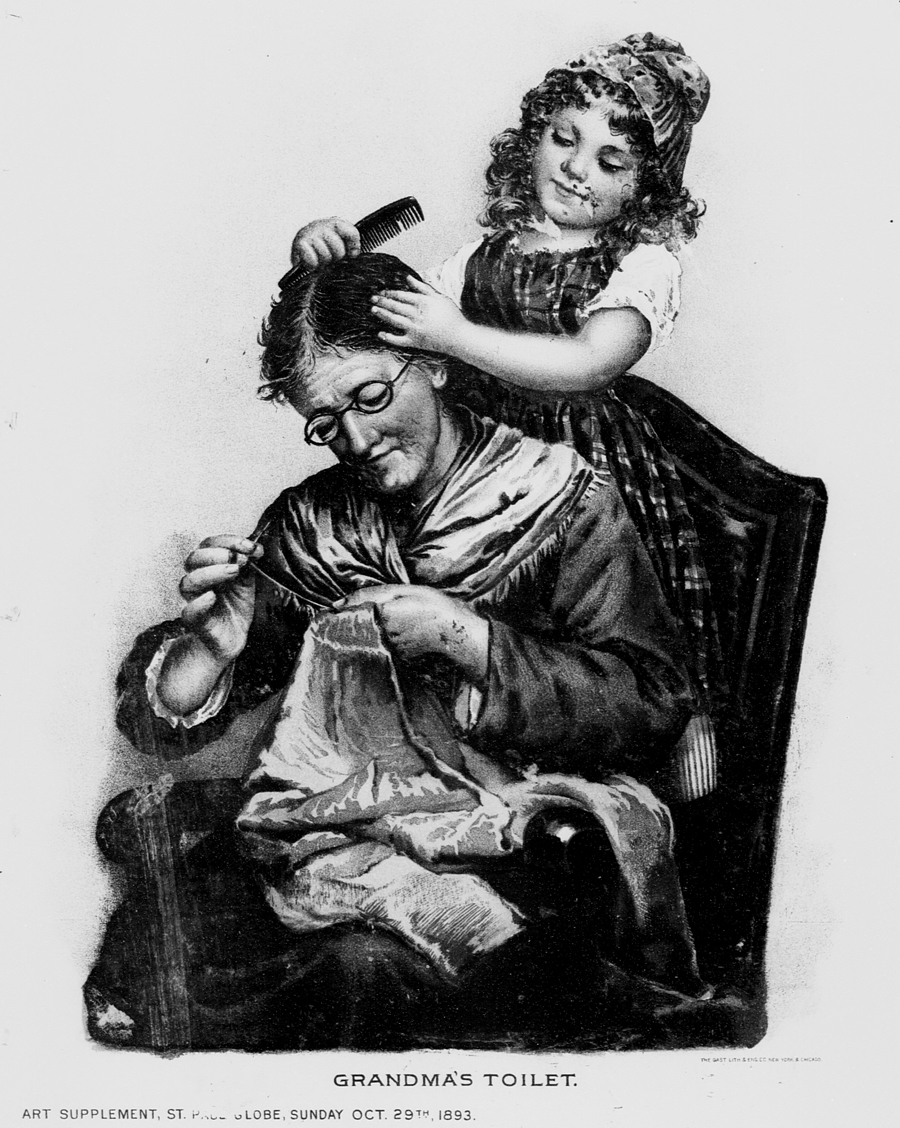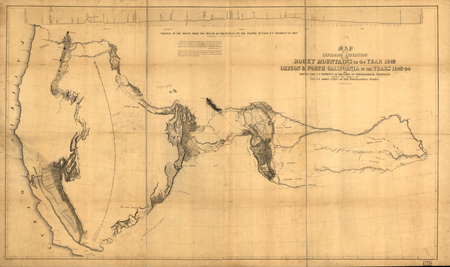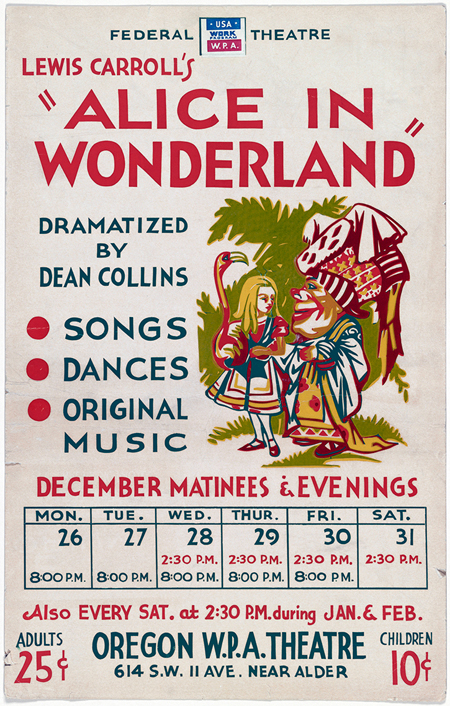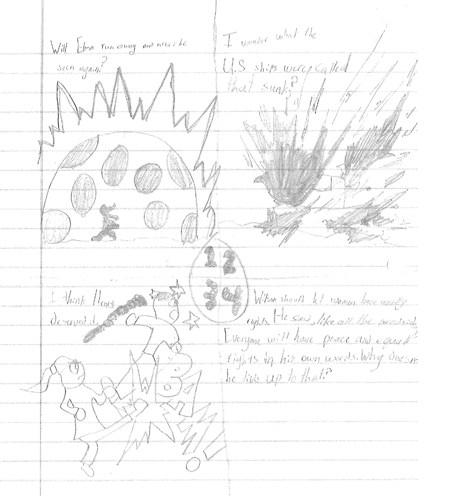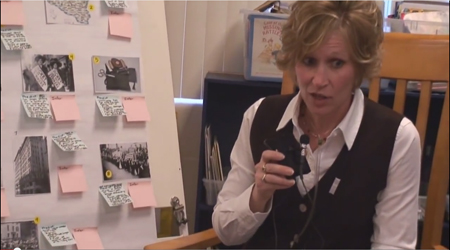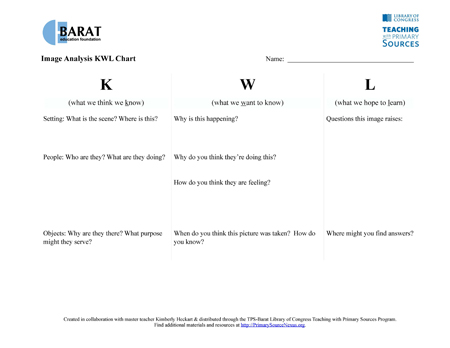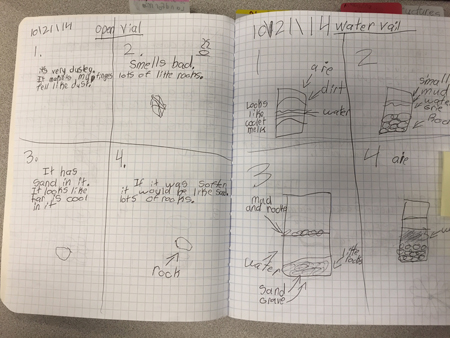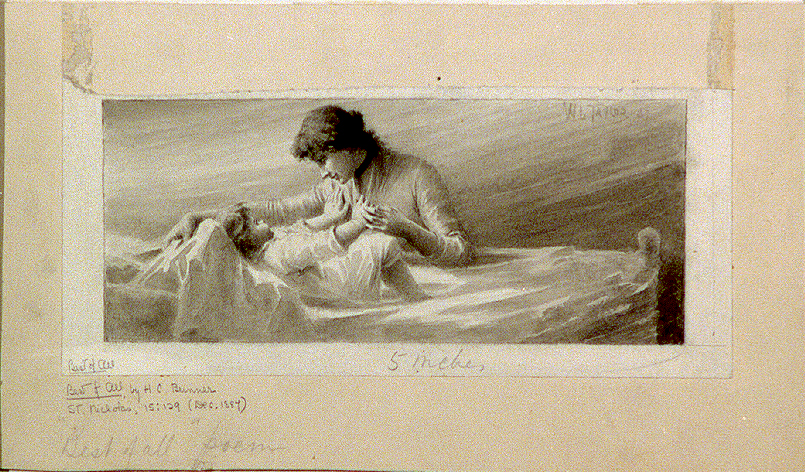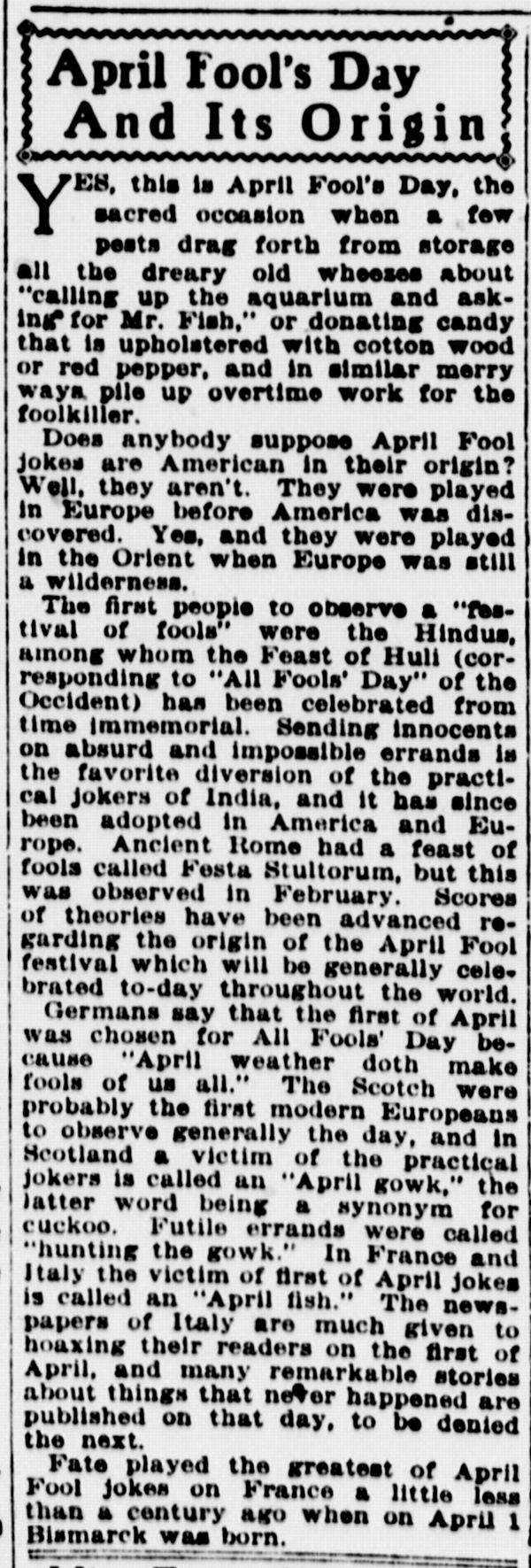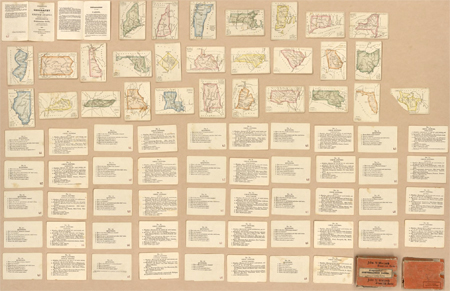Learning from the Source: Cesar Chavez & Good Citizenship
This activity is adapted from lessons in the Barat Education Foundation Our American Voice® program. This civics program for 4-8 graders features a spiral curriculum and emphasizes critical thinking, collaboration, and problem-solving skills as students learn the fundamentals of American democracy and work to create positive change in their communities. Overview Using Cesar Chavez as an…

